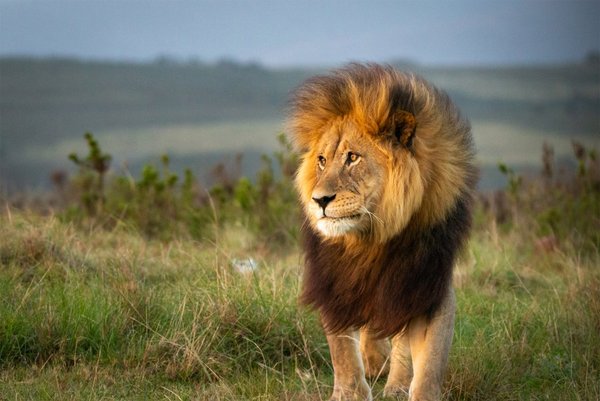- Share this article
- Subscribe to our newsletter
Human-wildlife conflict strongly linked to SDGs
Conflict between people and animals is one of the main threats to the long-term survival of some of the world’s most emblematic species, the Worldwide Fund for Nature (WWF) and the UN Environment Programme (UNEP) warned in July 2021.
Human-wildlife conflict - when struggles arise from people and animals coming into contact - often leads to people killing animals in self-defence, or as pre-emptive or retaliatory killings, which can drive species to extinction.
Globally, conflict-related killing affects more than 75 per cent of the world’s wild cat species, as well as many other terrestrial and marine carnivore species such as polar bears and Mediterranean monk seals, and large herbivores such as elephants.
Human-wildlife conflict affects the income of farmers, herders, artisanal fishers, and Indigenous peoples, particularly those living in poverty. It also interferes with access to water for communities competing with wildlife for local water sources and drives inequality, as those who pay the price for living with wildlife rarely receive the benefits of coexistence.
Despite being so strongly linked to the Sustainable Development Goals (SDGs), human-wildlife conflict continues to be overlooked by policymakers, WFP and UNEP says.
While people the world over reap the benefits of maintaining flourishing wildlife populations - healthy ecosystems that allow us to survive, provide food and enable livelihoods - catastrophic impacts such as injury and death and the loss of property and livelihoods place a strain on those who live alongside wildlife, often in developing nations rich in biodiversity, leading to financial insecurity and poor physical and mental health.
“If human-wildlife conflict is not adequately addressed by the international community, WWF believes it will have a considerable negative impact on countries’ ability to meet the majority of the SDGs,” says Margaret Kinnaird, Global Wildlife Practice Leader at WWF International. “If the world is to have a chance of meeting the SDGs by the 2030 deadline, human-wildlife conflict must be explicitly included in SDG implementation plans, as well as at the heart of the Convention on Biodiversity’s new framework.”
Completely eradicating human-wildlife conflict is not possible, but well-planned, integrated approaches to managing it can reduce conflicts and lead to a form of coexistence between people and animals. Such approaches require work on prevention, mitigation, response, research and monitoring, all backed by strong policy support and the participation of local communities.
An example of this can be seen in the Kavango Zambezi Transfrontier Conservation Area in Southern Africa, where an integrated approach to managing human-wildlife conflict has led to a 95 per cent reduction in livestock killings, resulting in zero retaliatory killings of lions in 2016 (at least 17 were killed in 2012 and 2013) and allowing previously threatened lion populations to recover.
(UNEP/ile)
Read more at UNEP website




